The
Malocclusion, or an improper bite, can be due to irregularities in the teeth or jaws. Cases vary in severity and all smiles are unique, so no two people have the exact same problems. Dr. Hawley relies on his expertise and training to get to the root of your malocclusion and then creates an individualized treatment plan to fix it. Here are some of the usual suspects. Schedule your free exam to have your smile assessed by contacting us at (402) 592-3200 or info@hawleyorthodontics.com.

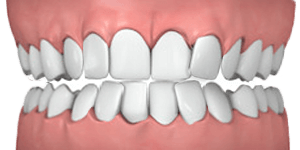
Crowding
Crowding happens when the jaw doesn’t have enough room to accommodate all of the teeth and they start moving in the wrong directions causing some of them to stick out or overlap. Crowded teeth are harder to clean, which can lead to tooth decay and gum disease, and they make people feel self-conscious about the appearance of their smile. Crowding can be caused by genetics, a discrepancy in the tooth to jaw size relationship and teeth erupting too early or too late.
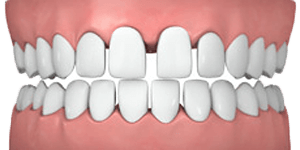
Spacing
Spacing is the opposite of crowding and happens when there’s too much room in the jaw and the teeth have gaps between them. It can be thanks to tooth loss, genetics, narrow teeth or habits like thumb sucking and extended pacifier use. Since it can lead to bone loss and gum disease, it’s a good idea to have spacing evaluated by an orthodontist.
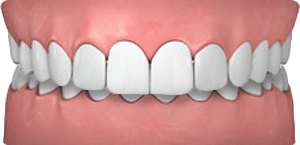
Overjet
With overjet teeth, sometimes referred to as an overbite, the upper front teeth stick out too far past the bottom front teeth. In severe cases, when the patient bites down, their lower teeth actually hit the roof of their mouth. An overbite can be caused by genetics or habits like thumb sucking. Overbites are associated with excessive wear of the enamel, a “gummy” smile and make the top teeth more susceptible to injury.
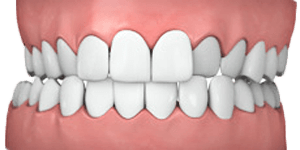
Crossbite
A crossbite occurs when the upper teeth are behind the lower teeth either in the front (anterior crossbite) or the back (posterior crossbite). Since patients usually move their jaw forward or to the side to compensate for the problem, a crossbite can cause permanent changes to the bone and facial structure. Genetics or habits, including thumb sucking and extended pacifier use, can be the cause.
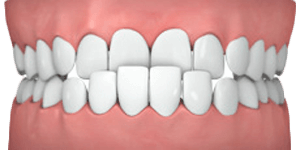
Underbite
An underbite is characterized by the lower jaw sticking out past the upper jaw. It can occur if the jaws don’t grow and develop at the same rate, which is determined by your genetics. However, thumb sucking, tongue thrusting and other habits in childhood could also create an underbite. Early treatment is super important when it comes to this type of malocclusion because it’s associated with chewing and speaking problems, sleep apnea and strain on the jaw muscles.


